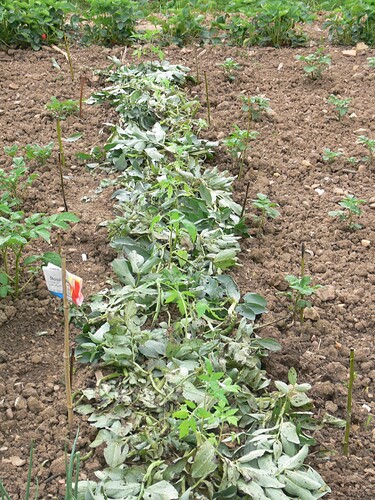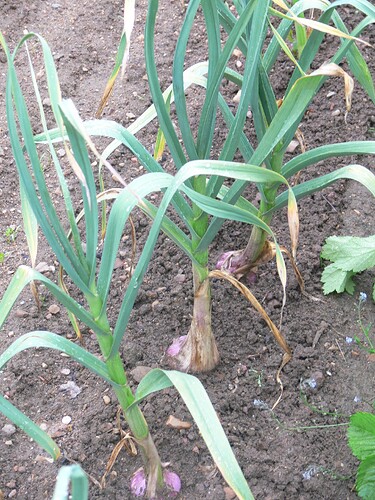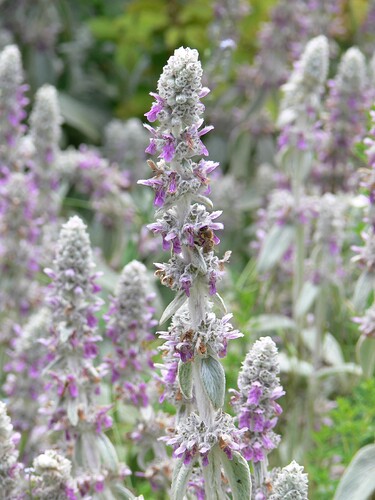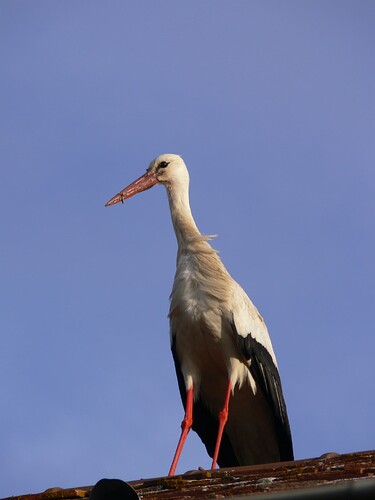tropical weather, giant bean leaf!

transplanting of leek’s grex
parsley finally arrives, we will finally be able to cook it with beans

pickles that make a lot of leaves this year
some beautiful color in the grex of chards
tomatoes are still growing, but with much delay on ripening…we are still waiting
some beauty of the collection, the tomato ‘Atomic Fusion’ which begins to show its blue colors
a small row of Painted Mountain corn that loves its new tropical climate with rain every 2 days ( 2 x 30 mm this week!)
chicory on left, carrot on right
salad grex ready to be transplanted tomorrow morning, we take advantage of the wet summer to continue seedlings that could not survive in a normal summer
morning weeding in the hundreds of pots of the nursery
place with a collection of oregano in bloom, this plant attracts a lot of pollinator insects during flowering which is good for biodiversity
Origanum majornan ssp tenuifolium (cyprus oregano), whether the soil is arid or wet it still has this aspect of suffering garrigue plant
Origanum tyttanthum (turkish oregano) with micro leaf
Origanum vulgare ssp. hirtum (greek oregano)
this one is resowing everywhere, like the others precedents it is very aromatic and loves degraded and infertile soils.
He can still hope to reach the water table of the well which is 28m (92 feet)!
the oregano are all close here with a lot of species, probably 20… but I still have not found hybrids…it will be necessary to sow massively and search for the off type next year 
meanwhile the cat, makes a contest of the most incomfortable places to take a nap…































































































